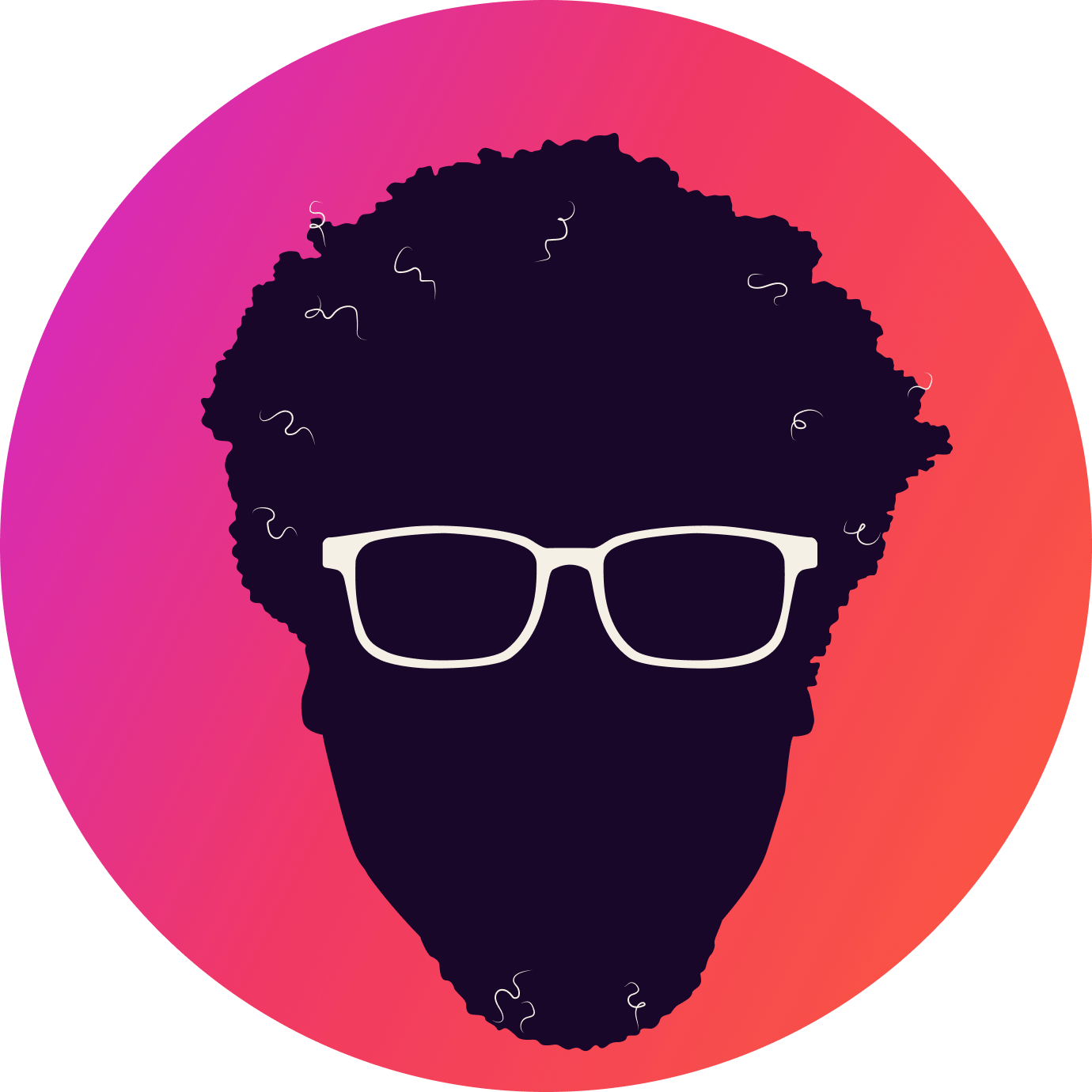Apple’s Walled Garden
Austin Carr has an interesting piece on leaving Apple’s walled garden.
“Over the past few years, though, it all started to feel claustrophobic. I was only a little annoyed when Siri crept into my apps and search queries. Only a little frustrated that iMessage didn’t allow for modern chatting on non-Apple PCs and phones. Only a little miffed that I couldn’t choose Google Maps as my default navigator or set up an Amazon Echo as easily as Apple’s own HomePod speaker. But these things began to add up, as did the $120 I was spending every year to store my photos on iCloud.”
I’m a pretty happy Apple fanboy, but I spend a lot of time experimenting with and using many different types of hardware. Amazon Echo’s release was one of the first moments I felt a bit claustrophobic in Apple’s ecosystem. That feeling comes back whenever I stumble on a new product category or a place Apple seems to neglect, like smart homes. The walled garden works great when it works, but it can be maddening to watch Apple drag its feet on inevitable product changes or releases.
The default apps on all Apple devices are perfect examples of this; Contacts, Mail, Calendar, and Reminders incrementally add features but only after years of neglect. While these apps lag, Apple continues to build tentpole features like contact posters around these apps, forcing you to ignore cool new features or use a lesser than product.
“You’re no longer competing purely on the merit of the product,” says Carl Pei, co-founder of Chinese electronics maker OnePlus Technology Co. and the new smartphone startup Nothing Technology Ltd. If a person owns both an iPhone and an Apple Watch, Pei says, the chance of getting them to leave iOS is incredibly low. He adds that the Apple-only iMessage service has become “basic infrastructure” of communication and forces a limit on how much new mobile players can grow without it. A Google spokesperson said in a statement, “We believe it should be easy for users to switch between devices and platforms whenever they choose, and we find it frustrating that these principles are not equally shared by all platforms.”
The results can be absolute bliss when Apple taps into the integration potential between its products. AirPods are one of my favorite recent Apple devices in years, and when it works, these headphones feel like absolute magic. FaceTime’s continuity camera magically taps into the iPhone’s cameras for the AppleTV and Mac to use or Universal Control which simply allows someone to move a mouse cursor from a Mac to an iPad. I always assumed that Google, with its profound control of Android OS, might build a similar molt, but they seem unable. As Apple makes these integrations deeper and deeper into the ecosystem, you have to wonder if anyone can compete because Carl Pei is correct. I’m no longer buying an iPhone because it’s a “phone” but for its deep integration across its ecosystem.
Apple and Google invested resources in making the switch easier—the first app that Apple ever published in Google’s store was its 2015 “Move to iOS” app—but the paths remained bumpy. A designer who was working for Google around this time recalls that studies on customer feedback showed ex-iPhone users were frustrated by the process of moving media to Android and confused about leaving iMessage. The worse the first impression was with Google, the more likely people were to give up and switch back. This designer, who, like many insiders interviewed for this story, spoke on the condition of anonymity out of concern for career reprisals, remembers one regretful Android tester saying, “I want my life back.”
Last Christmas, my friend moved from Android to iPhone using Apple’s migration app. I blogged about it here, but I was impressed at just how good of a job the app did in deep copying everything, including the system sounds. If anything, it did too much and changed standard iOS defaults to reflect settings from Android.
What was more stark was how complicated iOS and Android have become and how many features feel as if they are universal between the two platforms. I’m curious to try the inverse process and migrate one of my iOS devices to Android. I may have to do that when I find some downtime.
